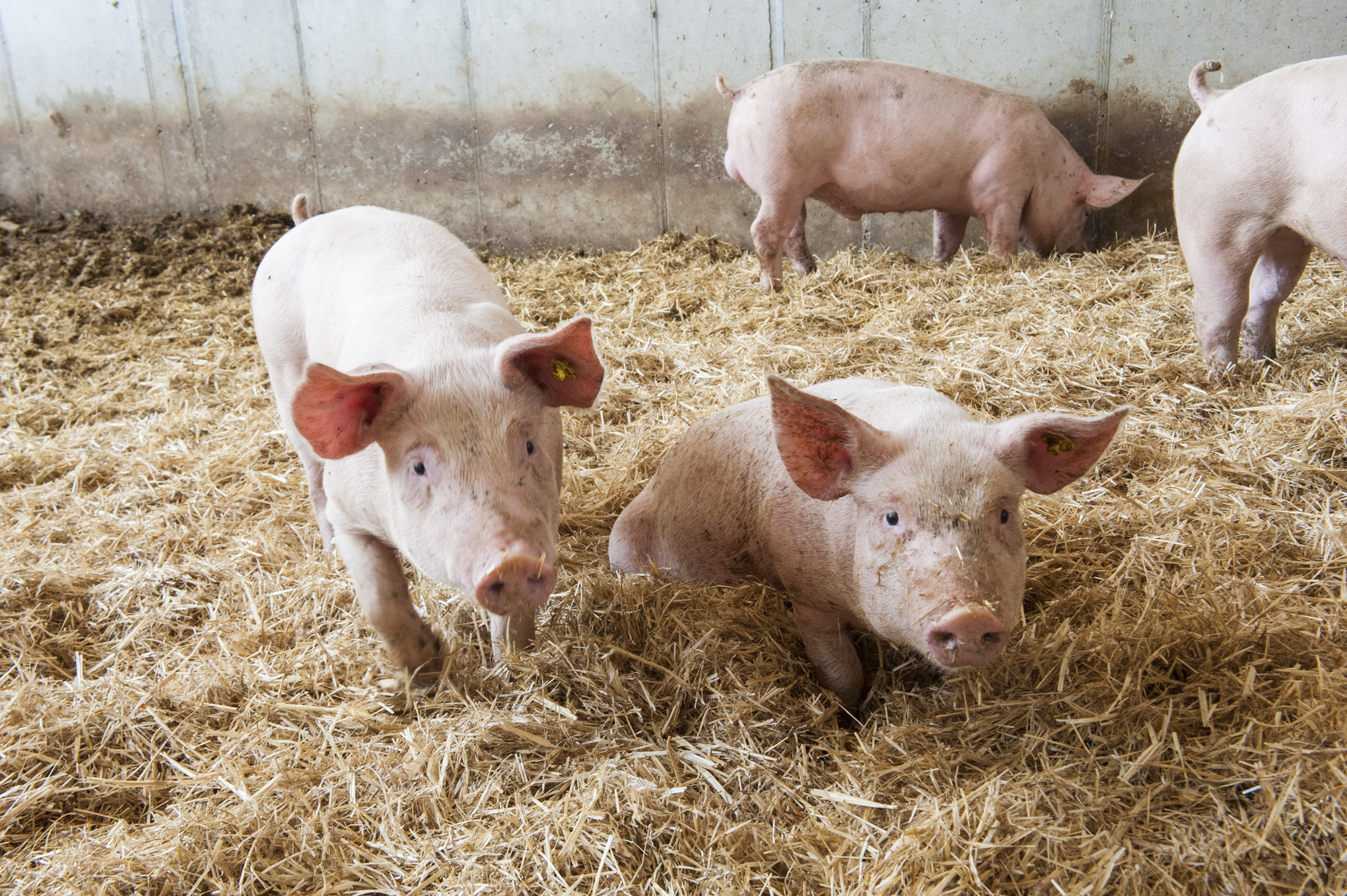African swine fever (ASF) is a highly contagious virus that causes an often-fatal disease in pigs and wild boars. The clinical signs of ASF are similar to classical swine fever (CSF) however it is caused by a different virus. Both diseases only affect pigs and are exotic to Australia. People are not affected by African swine fever or classical swine fever.
Early recognition and reporting of African swine fever is crucial to contain the spread of the disease and to reduce the financial and social repercussions of an outbreak.
Africans swine fever could enter Australia by:
- Illegally imported pork meat and pork products (hams & casings) being fed to pigs.
- Illegally imported animals, animal byproducts (hides & skins), or genetic material.
- People returning from overseas, who have had contact with pigs or areas where pigs have been kept and have the virus on their clothing, footwear or equipment.
There is no vaccination or effective treatment for African swine fever.
Signs of Africans swine fever vary depending on the strain of the virus. Highly virulent strains can cause death rates in pigs of up to 100%. Less virulent strains may cause minimal deaths, with non-specific signs.
Signs may include:
- increased death rate
- high fever,loss of appetite, lethargy
- skin reddening of ears, abdomen and legs
- blueness of extremities (including ears and snout)
- coughing and difficulty breathingconstipation, bloody diarrhoea
- vomiting
- abortions
- neurological signs (e.g. convulsions)
Early detection enables rapid investigation, control, and eradication. This supports continued critical export market access by providing evidence of the absence of specific animal diseases. Reporting helps protect against potential economic damage to individual producers and safeguards the future of our significant agricultural industry.
How does African swine fever spread?
The African swine fever virus is highly contagious and very resistant to physical and environmental factors. The virus can survive in the environment and in infected meat products for several months or longer under favourable conditions. African swine fever virus can also spread through blood, saliva, urine, semen, skins and hides, and manure of infected animals.
The virus can spread by:
- direct contact with an infected animal
- ingestion of contaminated products from infected pigs (swill)
- feeding infected stock feed to pigs
- direct contact with contaminated premises
- contaminated fomites (e.g. equipment, clothing, footwear, veterinary instruments, vehicles, people, bedding).
- contaminated effluent, urine and faeces of pigs
- vectors such as ticks. In Africa, soft-bodied ticks are linked with the spread of African swine fever virus. Similar ticks can be found in Australia, but they are not known to feed on pigs.
- aerosol spread is limited to close on-farm contacts only.
Animals usually show signs of African swine fever 4–19 days after being infected. Infected animals can shed the virus for up to 2 days before they show signs of the disease.
How can I help prevent African swine fever?
There are several measures that will help reduce the risk of an outbreak:
- Do not feed meat or products containing meat to pigs – this is illegal and can cause serious diseases including African swine fever. What you can and can't feed to pigs.
- Ensure feral pigs cannot access domestic pigs, pig facilities and food waste (such as farm dumps).
- Implement a best practice biosecurity plan.
- Know the signs of African swine fever.
- Immediately report any signs of African swine fever to a veterinarian.
For more biosecurity information for ASF, view the biosecurity resources factsheet for producers.
-
African swine fever factsheet: October 2019pdf (337 KB)
-
African swine fever - biosecurity resourcespdf (631 KB)

